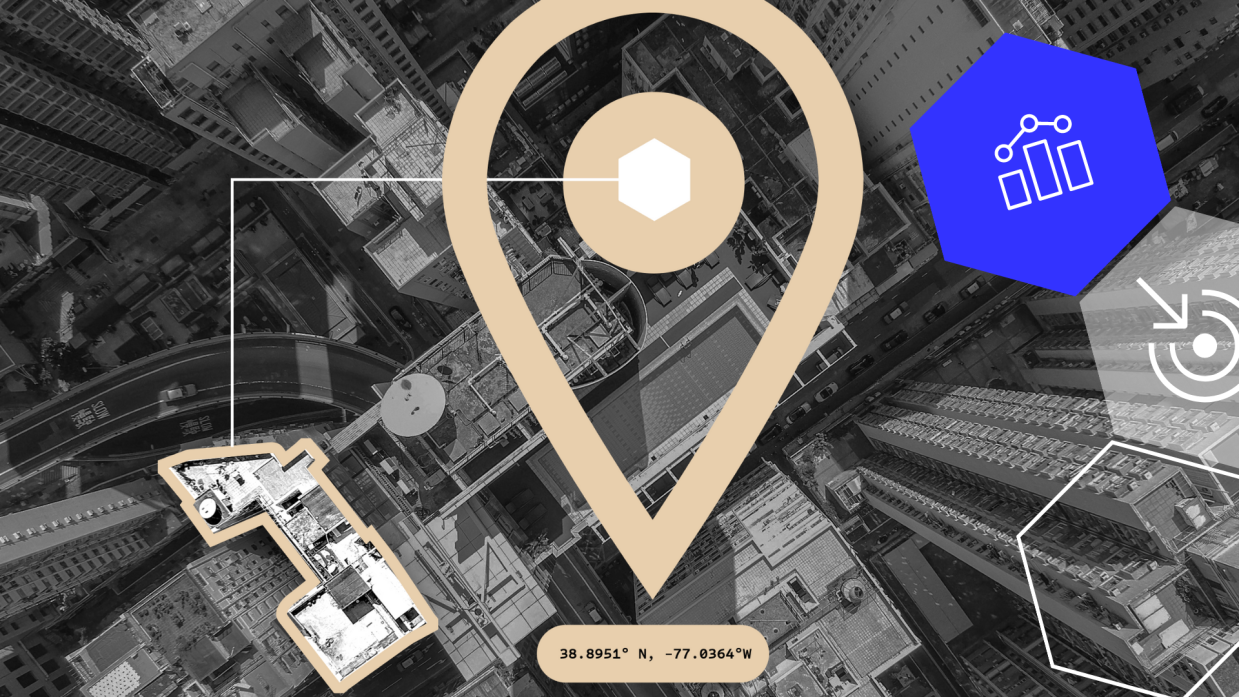For the past few years, Foursquare and Amazon Web Services (AWS) have been helping businesses usher in a new era of location intelligence, supplying companies with easy-to-work-with, high-quality data through the AWS Data Exchange (ADX), a data marketplace that allows customers to easily purchase and ingest data from providers like Foursquare. Through this partnership, Foursquare’s location intelligence, backed by industry-leading accuracy and scale, can be harnessed in the cloud to improve customer experiences or derive crucial insights—all with the click of a button.
Together, we’re working to bridge the gap between businesses exchanging data and the providers, ultimately helping businesses lower costs, become more agile, and innovate faster. Opportunities for transformation are spanning the gamut. In a recent hands-on Activation Day workshop, Foursquare’s Senior Staff Software Engineer, Nick Rabinowtiz, and leaders at AWS guided an audience of data scientists, data engineers, and more, on how to leverage AWS Data Exchange for Foursquare Studio and Amazon Redshift. The session demonstrated how businesses stand to gain a competitive advantage, make better decisions, and drive growth through the power of data.
With Foursquare Studio, a highly flexible and advanced platform designed to visualize and analyze large-scale geospatial data at the speed of business, users can easily explore, visualize, and derive insights from location intelligence. The platform supports a variety of data sources, including both flat files and sources like Amazon Redshift, a fully managed, petabyte-scale data warehouse service in the cloud. The integration allows users to find and subscribe to third-party data in ADX, query the data in minutes through an Amazon Redshift data warehouse, and then visualize that data on a map with Foursquare Studio. Customers can query, analyze, and join third-party data with their first-party data in Amazon Redshift as soon as they subscribe – no file extraction, transformation, and loading (ETL) required.
In this workshop, we worked in Foursquare Studio to explore market analysis for a hypothetical food delivery company. Using visualization tools like Foursquare Studio, users can quickly bring together diverse datasets and display them in a single map to explore and answer key business questions. Through this process, we helped answer questions, such as – where is your business performing well or poorly? Where should you put your next location, or focus your ad buys? Even lightweight geospatial analysis can help to quickly inform these decisions.
We also learned how to analyze existing market and competitors’ footprints, in conjunction with population and demographic data, to uncover the economic value of a location. In the demonstration, Nick used Foursquare’s Places dataset for Greater Atlanta, which is freely available via Amazon Redshift Data Share on ADX’s public catalog. He was able to seamlessly combine location data with US Census data, which is readily accessible in the Foursquare Studio data catalog. Foursquare’s Places data can also be loaded into an Amazon Redshift table for further processing and analysis.
The workshop also offered a step-by-step tutorial on how users can utilize geospatial data to investigate market conditions, using the Foursquare Studio and Amazon Redshift integration.
Here’s a brief overview of the demo – for quick access, the demo begins at 1:05:55:
First, you’ll need the following (detailed step-by-step in the demo):
- Access to Foursquare Studio – if you want to follow along in Foursquare Studio and need a trial account, please reach out to us at amazonsupport@foursquare.com.
- An AWS account with Admin privileges. If you need an account, you can create an account.
- Subscription to Foursquare’s dataset on ADX – Foursquare Places: Greater Atlanta Sample (Redshift accessible).
After the setup, here’s what you can do next:
- Create a new map and work with Redshift Queries, which involves building out different queries to retrieve restaurants and chains of interest. The Points of Interest (POIs) in Foursquare’s Places dataset are associated with 25 core attributes and a multitude of rich attributes. One of the most important attributes is the category or categories associated with a POI, available in the fields
fsq_category_ids(for numeric identifiers) orfsq_category_labels(for human-readable strings). Details can be found on Foursquare’s hierarchical taxonomy of POI categories. - Work with the map by adjusting the borders, defining the delivery area and adding census data. To understand our market, we need demographic data as well as POIs. Foursquare Studio provides US Census open data in our data catalog, already available in Hex Tiles format.
Now that we have all the data needed in the map, we can start analyzing market conditions by identifying the following (this demo portion begins at 1:30:00):
- Total Addressable Market – estimate the number of households we could potentially reach with our service
- Delivery Coverage – find areas where individual restaurants overlap, and better understand the overlay between our delivery area and the household data
- Serviceable Addressable Market – estimate the number of households that could be reached with our current partnerships
After getting a sense of your existing coverage, it’s time to look for new potential partners (this demo portion begins at 1:39:00):
- Retrieve Other Chains – find POIs that represent an area of opportunity – restaurants that are members of another chain and not one of our existing restaurants
- Buffer and Merge – add the delivery radius to our prospective restaurants and groups of restaurants by chain, so we’ll merge the areas of each chain
- Count Unserviced Households – determine how many new households would be served by each new chain
With this analysis, the hypothetical delivery service is much better equipped to understand a given trade area, using highly accurate location data and innovative tools to quickly and easily identify, size, and prioritize opportunities for expansion.
Using AWS Data Exchange, Amazon Redshift, Foursquare Places, and Foursquare Studio, businesses across industries can gain a competitive advantage to make better decisions and drive growth.
If you’d like to learn more, view the workshop on-demand today. For any questions, please reach out to amazonsupport@foursquare.com.



